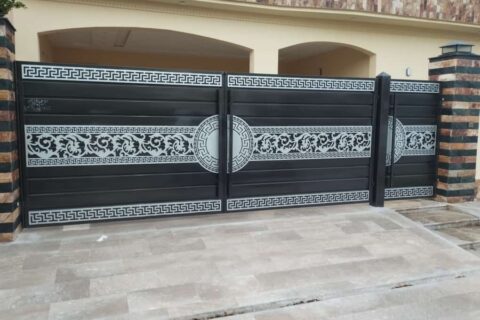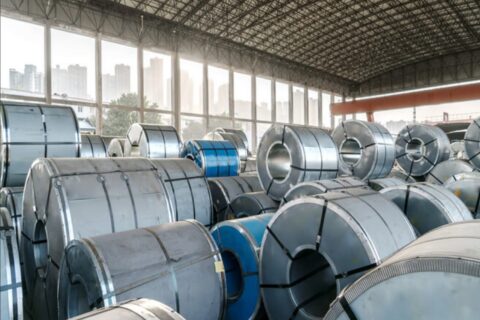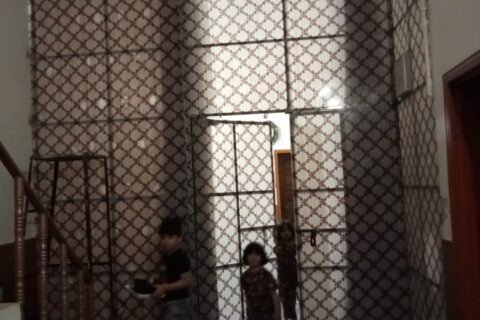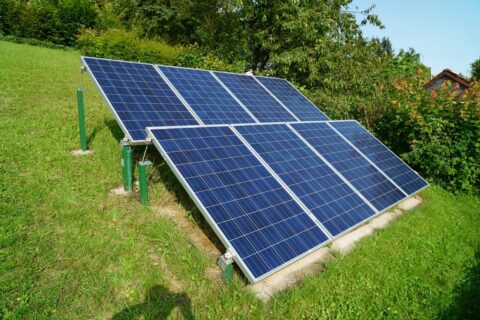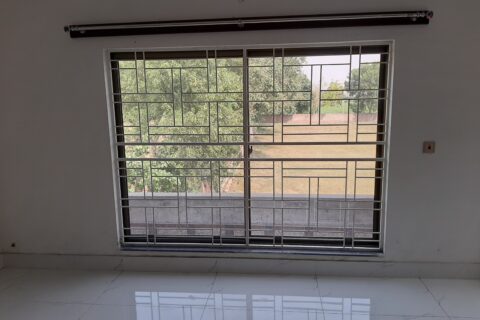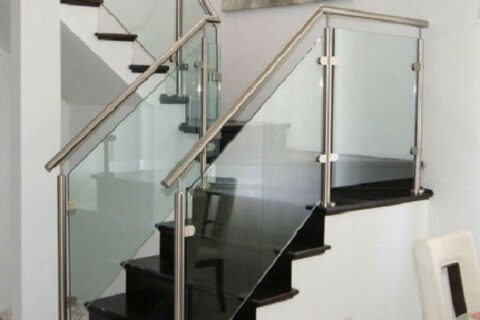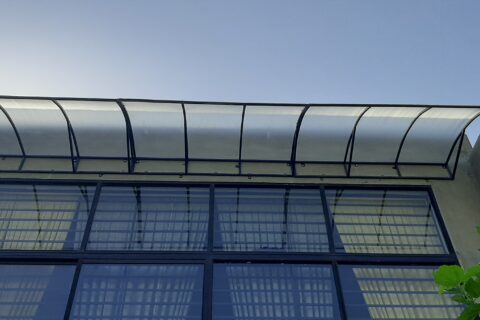Solar Panels and Structures: Harnessing the Power of the Sun
- Solar panels,
Also known as photovoltaic (PV) panels, are devices that convert sunlight into electricity. They play a crucial role in harnessing clean and renewable energy from the sun, providing an Eco-friendly alternative to conventional energy sources. In this article, we will explore the workings of solar panels and discuss the structures that support their installation.
operate on the principle of the photovoltaic effect. When sunlight strikes the panels, it excites the electrons in the solar cells, generating a flow of electric current. The direct current (DC) produced by the panels is then converted into alternating current (AC) using an inverter, making it compatible with the electrical grid or for direct use in powering devices.
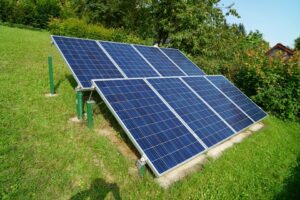
-
The efficiency of solar panels
depends on various factors, including the quality of the solar cells, the amount of sunlight received, and the orientation and tilt of the panels. It is important to install solar panels in a location that maximizes exposure to sunlight, typically facing south in the northern hemisphere and north in the southern hemisphere. Tilt angles can be adjusted to optimize energy production based on the latitude of the installation site.
- To support solar panel installations, various structures are used. The most common types include roof-mounted structures and ground-mounted structures. Roof-mounted systems are popular for residential buildings, as they utilize available roof space and require minimal additional land. Ground-mounted structures, on the other hand, are suitable for larger installations such as solar farms and commercial buildings.
- Roof-mounted solar panel structures can be classified into two main types: flush-mounted and tilt-mounted. Flush-mounted structures are installed parallel to the roof surface, resulting in a sleek and integrated appearance. Tilt-mounted structures, on the other hand, allow for adjusting the tilt angle to optimize energy production. This flexibility is particularly useful in areas with seasonal variations in sunlight.
- Ground-mounted solar panel structures are typically constructed using steel or aluminum frames. These structures provide a sturdy foundation for the solar panels and allow for easy installation and maintenance. Depending on the site requirements, ground-mounted structures can be fixed or tracking. Fixed structures remain stationary, while tracking structures follow the sun’s movement throughout the day, maximizing energy production.
- In recent years, solar panel structures have undergone advancements to enhance their efficiency and aesthetics. Bifacial solar panels, for instance, can capture sunlight from both sides of the panel, increasing energy generation. Floating solar panel installations, where panels are mounted on bodies of water, are also gaining popularity due to their efficient use of space and potential for water conservation.
- Solar panels and their supporting structures have revolutionized the energy landscape, offering a sustainable solution for power generation. They enable individuals, businesses, and communities to reduce their reliance on fossil fuels and mitigate climate change. With continued advancements and increased adoption, solar power has the potential to play a pivotal role in transitioning to a greener and more sustainable future.

